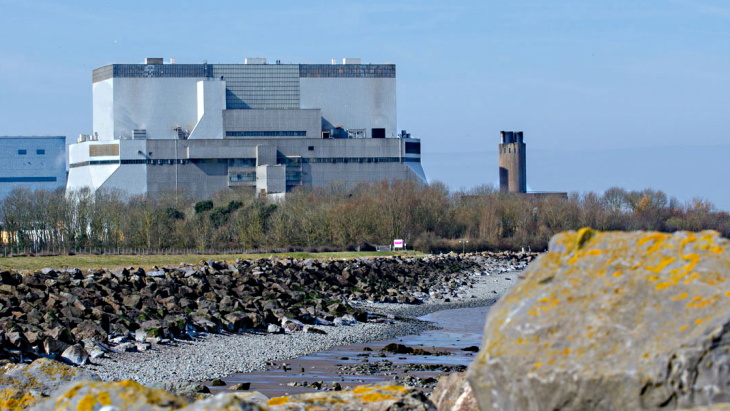The UK’s Office for Nuclear Regulation (ONR) has officially granted consent to EDF Energy’s application to begin full decommissioning of the Hinkley Point B nuclear power station in Somerset, England. The decision represents a major milestone for Britain’s nuclear sector, signalling both the end of an era for the Advanced Gas-cooled Reactor (AGR) fleet and the dawn of a new phase in the country’s low-carbon energy transition.

(Image: EDF Energy)
Hinkley Point B first synchronised to the grid in 1976 and was permanently shut down in August 2022 after nearly 46 years of operation.
Both reactors on-site have since been defuelled, preparing the station for the full decommissioning phase.
ONR confirmed that the submitted Environmental Statement (including an Environmental Impact Assessment and Habitats Regulations Assessment) meets quality standards and includes adequate mitigation of significant environmental impacts.
Responsibility for the decommissioning of the station will pass to Nuclear Restoration Services (NRS), a subsidiary of the Nuclear Decommissioning Authority (NDA). The scope includes dismantling plant and buildings, site clearance, and restoration.
ONR reaffirmed its ongoing regulatory oversight during the decommissioning phase to protect workers, the public and the environment.
The UK’s full fleet of AGR-type reactors — including Hinkley Point B — are scheduled for shutdown by 2028.
Hinkley Point B is a key facility in Britain’s nuclear history, having generated over 300 TWh during its lifetime. Its move into full decommissioning signals a broader transition in the UK’s nuclear sector. Key implications include:
Technical and Safety Aspects
Decommissioning involves complex dismantlement of nuclear infrastructure, managing radioactive materials, and restoring the site. The regulator’s agreement confirms that plans meet necessary environmental, personnel safety and public protection requirements.
Energy & System Transition
As AGR stations retire, the UK’s nuclear strategy shifts toward newer reactor technologies (such as EPRs, SMRs). The decommissioning also opens up resources and space for future development.
Economic and Community Effects
Decommissioning will impact local economies, employment, and land-use. Work will pivot from generation to site restoration, bringing different industrial and operational demands.
Environmental Stewardship and Nuclear Legacy
The approval process indicates consideration of effective mitigation of environmental impacts. Over the long term, the restored site becomes part of how nuclear legacy is managed.
Over the coming years, Hinkley Point B will move through dismantling, site clearance and restoration stages.
The UK nuclear sector will monitor AGR decommissioning closely while advancing new builds and technology upgrades.
Collaboration among operator, regulator, and local stakeholders remains critical to ensure transparency, safety and effectiveness of the process.
For the public, the shift from operational power station to restored site marks a significant change — one that merits continued attention.